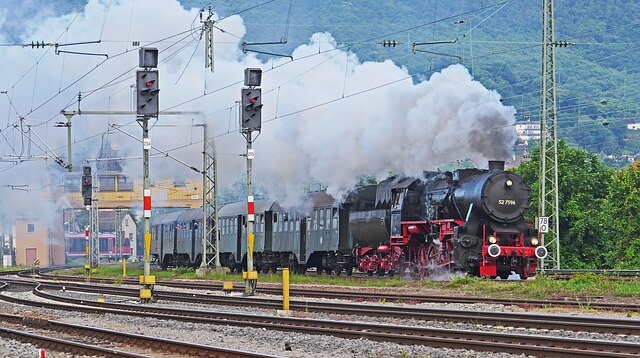9 Objectives of Railway Signalling
Railway signalling is a system or device through which train movement is safely and efficiently regulated. Following are the 9 purposes or objectives of railway signalling:

1. To prevent a moving train from getting into contact with another train or obstruction and thus to provide safety to the passengers, the staff and the rolling stock.
2. To maintain a safe distance between two trains on the same line in the same direction to avoid accidents.
3. To provide protection against train collision and derailment at converging junctions and to give a directional indication at diverging junctions.
4. To provide facilities for safely and efficiently carrying out shunting operations in marshalling yards.
5. To allow trains to run at a limited speed while maintaining and repairing the track.
6. To facilitate the flow of traffic and to increase the carrying capacity of the track.
7. Signalling provides a safe and secure facility to regulate the arrival and departure of trains from the station.
8. To provide facilities for the efficient movement of trains and maximum utility of the rail track.
9. Signalling system helps to avoid accidents at the point between two or more trains that cross each other’s path.
Read More: